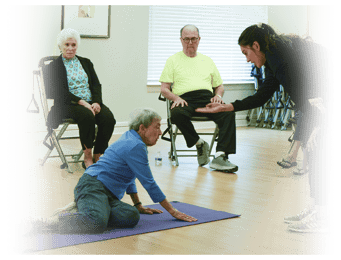 There are several health-related observances through the year and NIFS staff enjoy finding ways to use these to bring attention to important topics. One of those is Falls Prevention Week in September. As a fitness management provider for senior living communities, fall prevention is a hot topic so older adults can live vibrantly for as long as possible. But you might be wondering how can you make something that doesn’t sound so fun be engaging for residents? We have found that there is a love/hate relationship everyone has with any program labeled “Fall Prevention” because residents are certainly interested in learning about how to prevent falls but have a healthy fear of falling. What better way to face a fear than head on and in a practical way, right?
There are several health-related observances through the year and NIFS staff enjoy finding ways to use these to bring attention to important topics. One of those is Falls Prevention Week in September. As a fitness management provider for senior living communities, fall prevention is a hot topic so older adults can live vibrantly for as long as possible. But you might be wondering how can you make something that doesn’t sound so fun be engaging for residents? We have found that there is a love/hate relationship everyone has with any program labeled “Fall Prevention” because residents are certainly interested in learning about how to prevent falls but have a healthy fear of falling. What better way to face a fear than head on and in a practical way, right?
That’s what NIFS fitness managers do during Falls Prevention Week, and you can too with some tips for the basics of planning a robust program:
Get other departments involved. Falls Prevention Week may be okay without any other staff support, but we think you have a better investment from the community and from the residents when other departments get involved. The first department that comes to mind for this topic is physical therapy. Many rehab departments are happy to work with fitness staff in bringing presentations, device checks, and even home safety checks to residents. It goes without saying that partnering with food & beverage is always fun because who doesn’t like to have snacks? Fortunately, many of our communities also have a dietitian on-site and can take it one step further with an event centered on balancing nutrition along with balancing the body. The possibilities are endless with the collaboration.
Have a mix of interactive and educational events. One of the most popular events we host is the Getting Up from a Fall Workshop. During this presentation, NIFS staff members discussed ways to avoid falls in the first place, but they also took the time to demonstrate how to safely fall and (where appropriate) how to get back up off the floor. Participants then have the option to work one-on-one with staff and learn how to safely get themselves onto the floor and back up into a chair without falling. Residents appreciate the chance to learn and then to try things themselves.
Follow up with participants. A key element to Falls Prevention Week is making sure you know who participated so you can reach out to them afterwards. There’s always a “next step” available so it’s nice to be able to personalize that according to the needs of the specific participant. For some people, it’s a balance evaluation, for others it might be a 1-on-1 exercise prescription, and for others it’s simply going to be a class recommendation. No matter what the recommendation is, following up with each individual makes the week more personal and gives them more buy-in to continue working on their own fall prevention skills.
Offering these examples remind me of feedback one of our fitness staff received from a Falls Prevention Week participant. He came to us, letting us know he had experienced a fall. It was a simple situation where they thought there was a sturdy spot to lean on, however, it wasn’t. He reported that having just completed a Fall Prevention event that day, he remembered the tips and tricks provided that can lessen the injuring that could result from a fall. Fortunately, he didn’t experience an injury and shared the news with everyone exclaiming “You do not want to miss out on this program! It really works!”
How is your community programing around health initiatives, involving the community staff, and engaging your residents? We encourage you to evaluate how you can enhance these opportunities so your residents can get more bang for their buck! For expert insight on how to make balance programming a cornerstone in your fitness center, check out NIFS Balance Redefined programming.


.jpg?width=477&height=318&name=GettyImages-1143018176%20(1).jpg) It isn’t a secret that as a person ages, there is an increased risk of falling. While there are a few different reasons this risk can increase, we will focus on what impacts a person’s ability to
It isn’t a secret that as a person ages, there is an increased risk of falling. While there are a few different reasons this risk can increase, we will focus on what impacts a person’s ability to 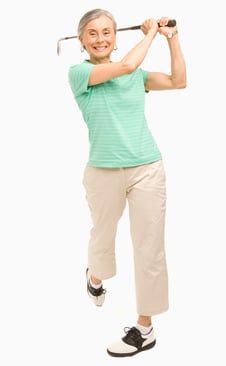 Most folks who have ever participated in balance training know that most exercises seem to involve only the legs. While it is important to focus on our lower extremities during our training, it is important to incorporate the use of our arms for more functional and effective training. Why? Because this will have more real-world applications! For example, practicing single leg stance is important for improving balance but most of us are not going to be in a situation where we must stand on one leg for an extended period of time. We will, however, be shifting our weight from one leg to another, swinging our arms like we do when walking, taking the stairs, dancing, or cleaning the house in real world daily activities.
Most folks who have ever participated in balance training know that most exercises seem to involve only the legs. While it is important to focus on our lower extremities during our training, it is important to incorporate the use of our arms for more functional and effective training. Why? Because this will have more real-world applications! For example, practicing single leg stance is important for improving balance but most of us are not going to be in a situation where we must stand on one leg for an extended period of time. We will, however, be shifting our weight from one leg to another, swinging our arms like we do when walking, taking the stairs, dancing, or cleaning the house in real world daily activities.
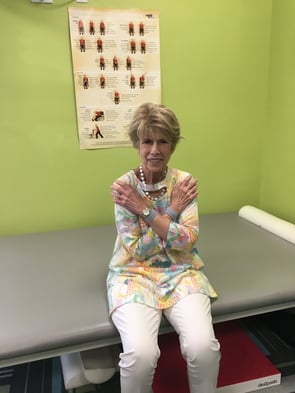 It is not uncommon that group fitness classes tend to be the bread and butter of a community’s fitness program. Classes provide so many benefits including guided exercises,
It is not uncommon that group fitness classes tend to be the bread and butter of a community’s fitness program. Classes provide so many benefits including guided exercises, 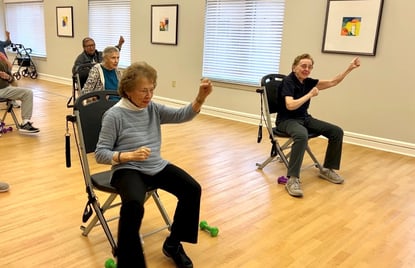 This is a great question because it is a priority for our clients (and for us) to make sure
This is a great question because it is a priority for our clients (and for us) to make sure 
.jpg?width=368&name=GettyImages-1047684930%20(1).jpg) When it comes to programming options in senior living, NIFS understands that communities strive to create a memorable experience for residents and their families all year long, which is why we are excited to bring clients the NIFS Legacy program. This is a simple one, but with a memorable result. We are inviting each resident to participate by handwriting answers to simple life questions and to have their photo taken to create a nostalgic piece that will then be transformed into a keepsake for the resident to share with their family.
When it comes to programming options in senior living, NIFS understands that communities strive to create a memorable experience for residents and their families all year long, which is why we are excited to bring clients the NIFS Legacy program. This is a simple one, but with a memorable result. We are inviting each resident to participate by handwriting answers to simple life questions and to have their photo taken to create a nostalgic piece that will then be transformed into a keepsake for the resident to share with their family.
.jpg?width=488&name=Active%20aging-seated%20stretches%20GettyImages-469952165%20(1).jpg)

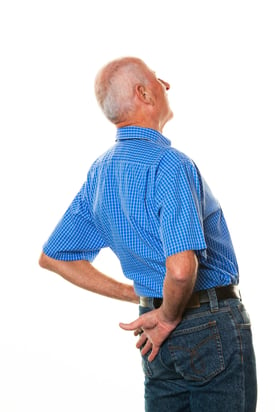 I am a firm believer in massage therapy because a little over a year ago, I woke up in agonizing lower-back pain that did not allow me to move. My first thought was maybe I should go see a chiropractor. I had been to one before, but was not the biggest fan because they cracked my back and sent me on my way after charging $65.
I am a firm believer in massage therapy because a little over a year ago, I woke up in agonizing lower-back pain that did not allow me to move. My first thought was maybe I should go see a chiropractor. I had been to one before, but was not the biggest fan because they cracked my back and sent me on my way after charging $65. 
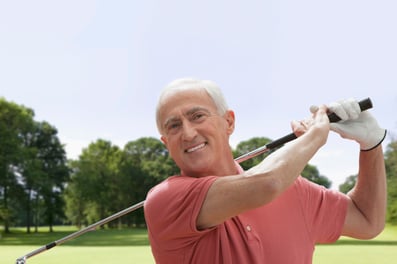 What Counts as Exercise?
What Counts as Exercise?
 When service is slow at a restaurant:
When service is slow at a restaurant: